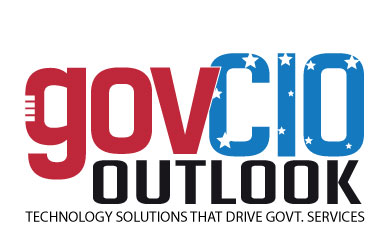Welcome back to this new edition of Gov CIO Outlook !!!✖
AUGUST 2024 9GOVERNMENT CIO OUTLOOKThe GPPTI Framework - A Game-Changer: The PMO developed the GPPTI - Agile IT Portfolio and Project Management Guide. This framework serves as a roadmap, recommending phases, roles, and techniques tailored to specific project types and teams, encompassing the entire journey from initial idea to service/product delivery. Prioritizing the Portfolio: Aligning with National Goals: The GPPTI prioritizes the IT portfolio in accordance with the Justice Court's six-year National Strategic Objectives (2021-2026). Additionally, the Court aligns its IT and Cybersecurity objectives with the IT Director Plan (PDTIC), a single-year tactical document outlining IT plans, risks, budgets, and projected outcomes. Transparent Prioritization with WSJF: The Court adopted the WSJF (Weight Shortest Job First) methodology for transparent IT portfolio prioritization. This model, popularized by the Safe framework prioritizes projects based on "Cost of Delay" (CoD). Public Sector Adaptation of CoD: The Court adapted the CoD formula to align with public sector priorities. CoD now incorporates components such as: · User-Business Value · Time Criticality · Risk Reduction · Opportunity Enablement These factors are assigned point values, with the overall CoD score determining a project's position in the prioritization ranking.Minimum Viable Products (MVPs): Collaborative Lean Inception workshops are conducted to define product/service MVPs before project commencement. These workshops engage teams and stakeholders in designing solutions that effectively address user needs. Agile PMO: Sharing Insights with Leadership: Throughout the development lifecycle, the Agile PMO monitors project progress, gathering monthly data and generating comprehensive status reports presented to C-Level leadership via dashboards. The Future of the Agile PMO and AI: Artificial intelligence (AI) holds immense potential for Agile PMO functions, particularly in project forecasting analysis and portfolio risk management. However, Agile Project Management is fundamentally about human creativity, collaboration, and emotional intelligence; these core competencies remain irreplaceable. The Brazilian IT Justice Court's journey exemplifies the successful implementation of Agile PPM within the public sector. This approach allows for dynamic adaptation to changing priorities, fosters a focus on societal impact, and prioritizes people and interaction as the pillars of project success. Artificial intelligence (AI) holds immense potential for Agile PMO functions, particularly in areas like project forecasting analysis and portfolio risk management
< Page 8 | Page 10 >
< Page 8 | Page 10 >
